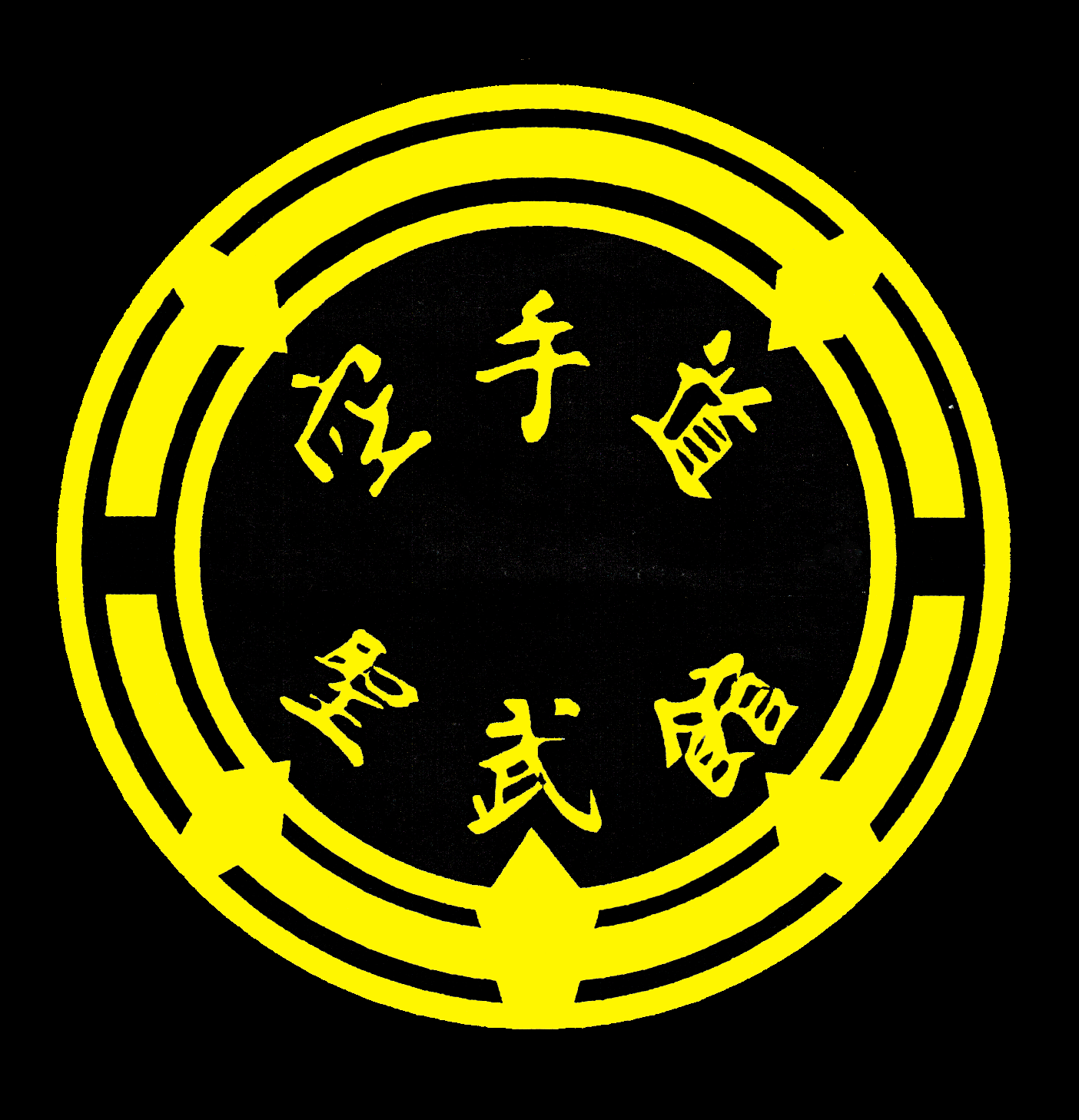DANCING WITH GHOSTS
There are other very good karate dojo in Edmonton. What makes the Seibukan Dojo different? Among other things, its instructors go to Okinawa to train regularly—this year, its two senior black belts traveled there for the sixth time since 2014, and will be returning in October.
Any serious practice of traditional karate-dō cannot be separated from engagement with the culture that created and sustains it, and in Okinawa, karate is much more than a sport or recreation. It is deeply entwined with the ethos of the island and its people. We feel an obligation to keep returning to Okinawa to learn its spirit from the Okinawans who live it.

Doug's great-grandfather, Ōyatsu
That ongoing effort reflects the other distinguishing feature of the dojo: we seek to bring the knowledge and traditions of Okinawan Seibukan together with those of the Japanese heritage of our chief instructor, Doug Aoki, in the conviction that their convergence offers singular lessons for life in the 21st century.
One example is this little film by the brilliant Hayley Gray, shot in an old cemetery on Vancouver Island, where Japanese immigrants buried their dead before all Japanese Canadians on the coast were removed during the Second World War. It is a meditation on death and life, and it will give you a sense of how we in the dojo strive to reflect upon, think about, and articulate and embody the way of karate.

Japanese esteem komorebi 木漏れ日, "light leaking though trees." This is the Japanese cemetery in Cumberland, BC, where I have relatives buried. I don't know exactly where. Decades ago, vandals knocked over the tombstones and scattered them. But the place and komorebi remain special.
Our Logo

Our dojo logo, created by Angela Chan Design, is meant to signify the union of Okinawan, Japanese, and Canadian cultures. On the left is the Seibukan mon (crest), the emblem of our karate style. This symbolizes Okinawa, which was an independent kingdom before being taken by Japan. Okinawa's island culture remains distinct in many ways from that of the Japanese mainland.
In the middle is the mon of the Tsugaru clan of Japan. Doug's great-grandfather, Ōyatsu, was a samurai in the service of the Tsugaru in the 19th century. The mon symbolizes Japan and the complex relationship of its combative and artistic ways. It also signified how Okinawa is both distinct from and a part of Japan.
On the right is Leonardo's Vitruvian Man, an icon of Western culture, clothed in a karate keikogi (practice uniform). This symbolizes Canada, our membership of Canadians, and our attempt to meld karate with the best values of this country and the profound philosophical traditions of the western world.

The phrase, "dancing with ghosts," comes from Richard Katrovas' memoir, The Years of Smashing Bricks.

